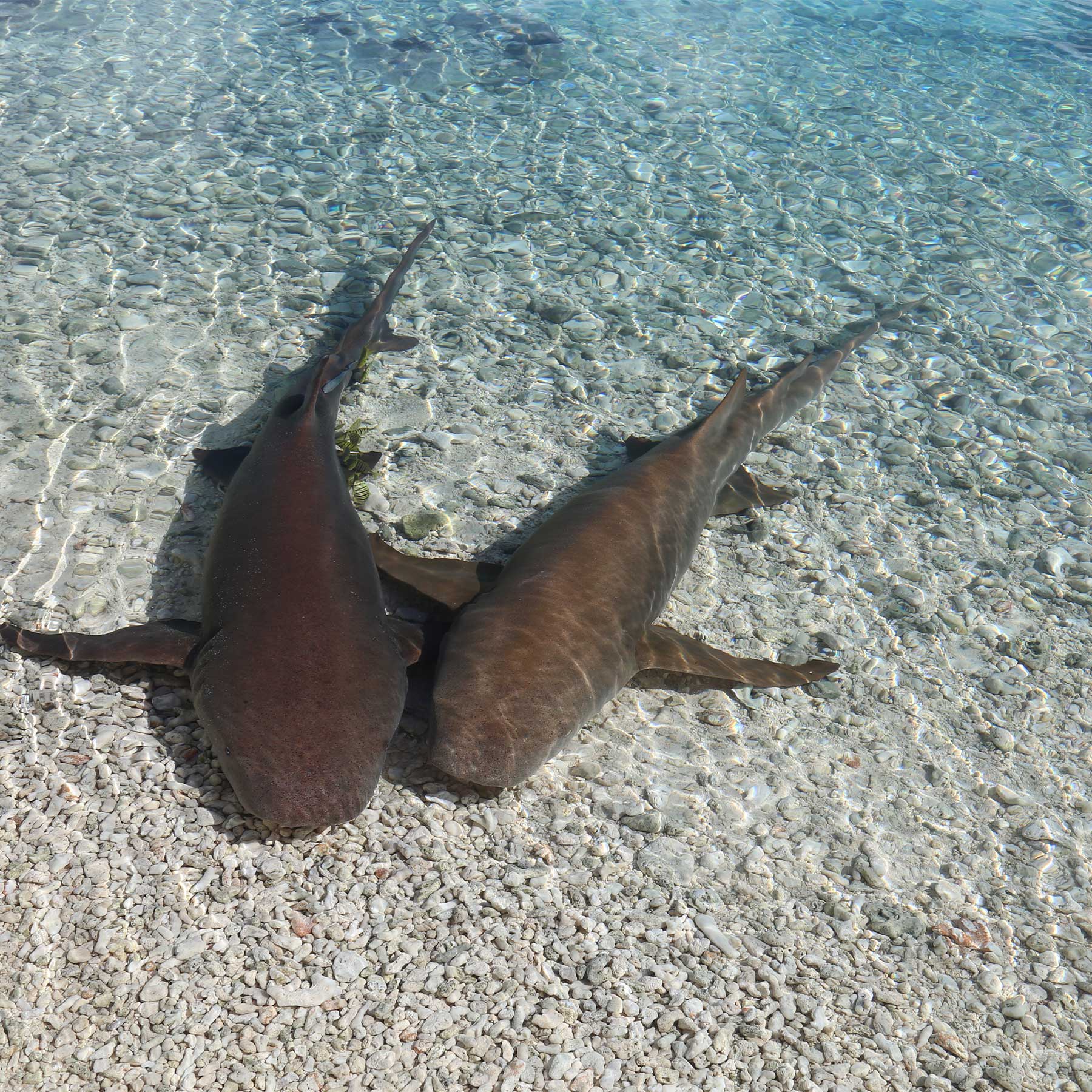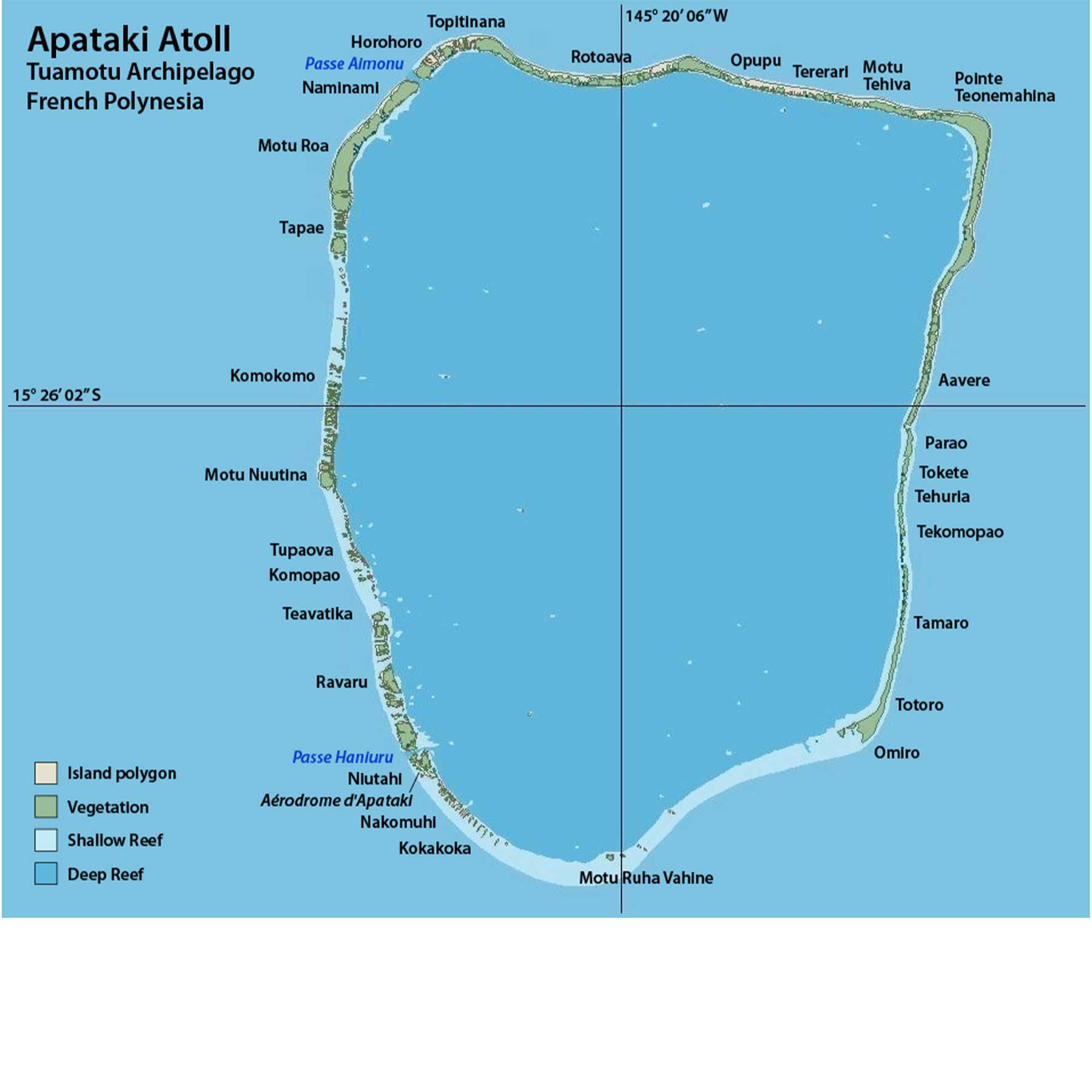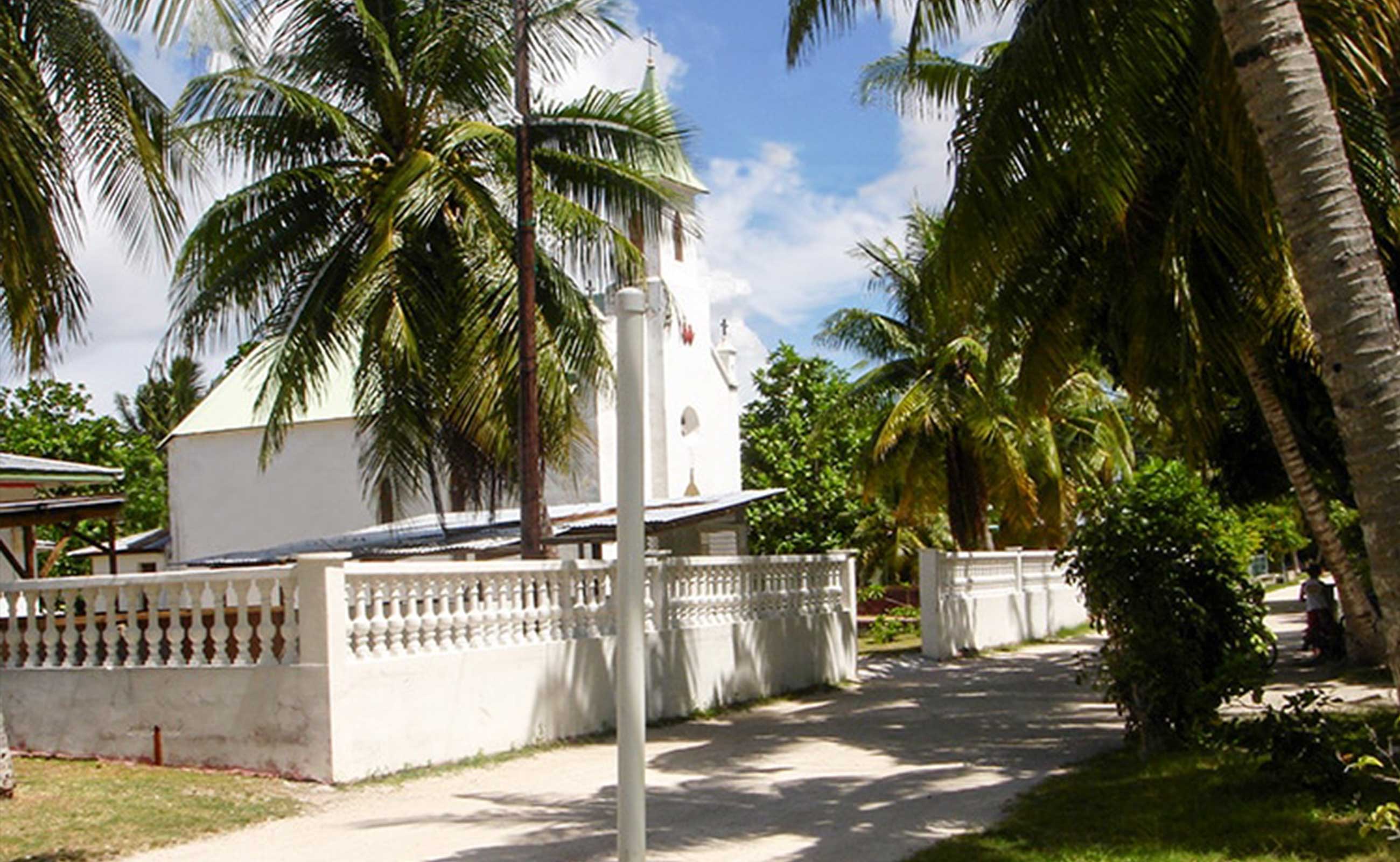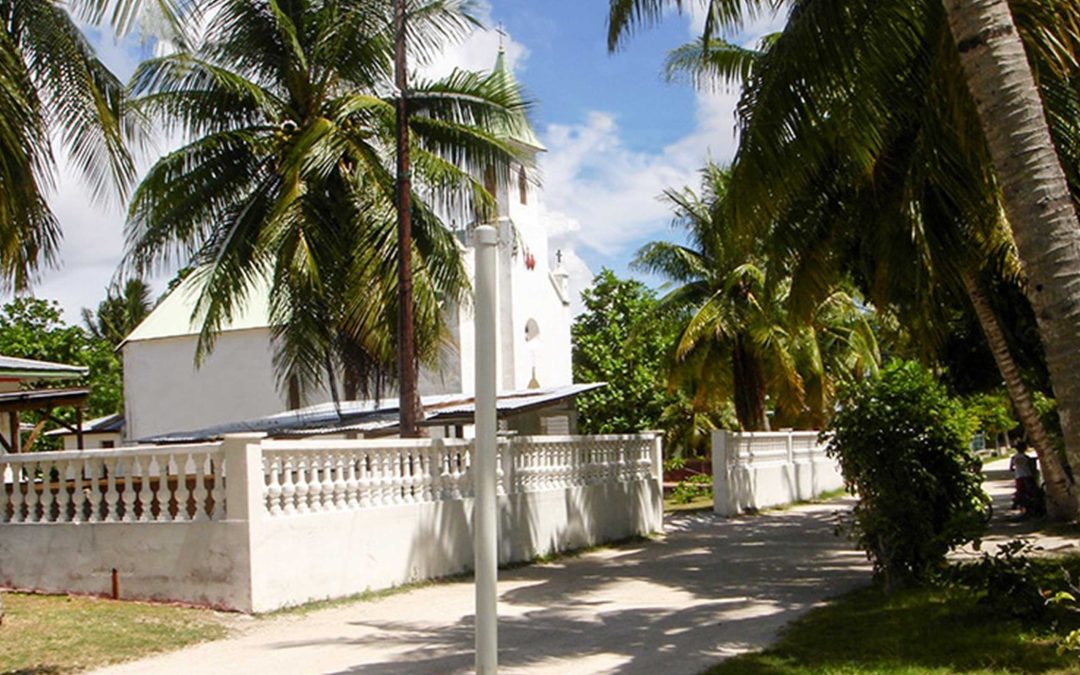When it comes to symbols of paradise, one archipelago in French Polynesia surpasses the other four. The Tuamotu Islands are a chain of atolls, some with narrow passes and some without, and they require careful navigation. Exploring Apataki…

In days of old, it was known as the Dangerous Archipelago, and sailors ventured through the Tuamotu Islands without GPS devices or reliable charts. Even today, navigating this archipelago of 76 atolls requires extreme caution, with jagged reefs, unpredictable passes, and strong currents reminding you that the Pacific always has a say.
Setting off from the West Coast of the USA for your transpacific rally, you will probably arrive via the Marquesas Islands in French Polynesia. Then the Pacific Puddle Jump will take you to the Tuamotus Islands before returning to Tahiti. In short, a vast area of water in every shade of blue, and a cruise to the crystal-clear paradise of the lagoons. “At first, it is blinding. It takes hours for the eyes to adjust to this breathtaking motionless beauty. The light comes not only from the sky, but also from the waters and the shimmering sands that surround them.” This is how Albert t’Serstevens, in Tahiti et sa couronne (1950), described the Tuamotus. Beneath the surface, the water is teeming with life.

Two Passes and a Careening Yard
The Rua Vahine motu Legend
Note
Apataki Carénage Services:
VHF 16 or 72,
tel.: 87.71.61.39, 87.71.45.29 and 87.72.78.13,
e-mail: apatakicarenageservices@gmail.com, www.apatakicarenage.com


